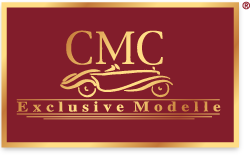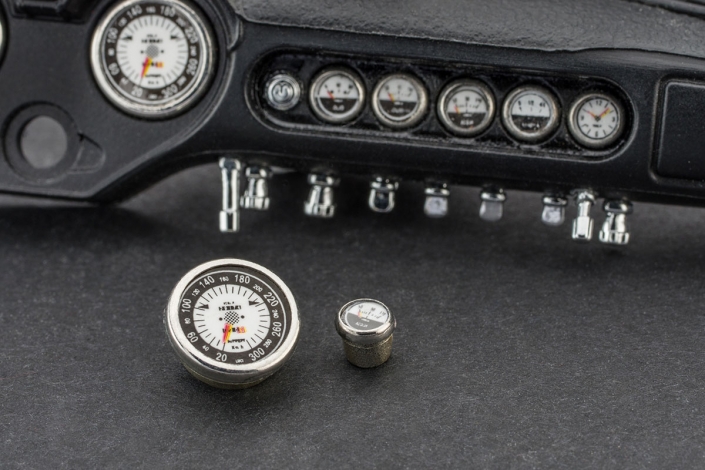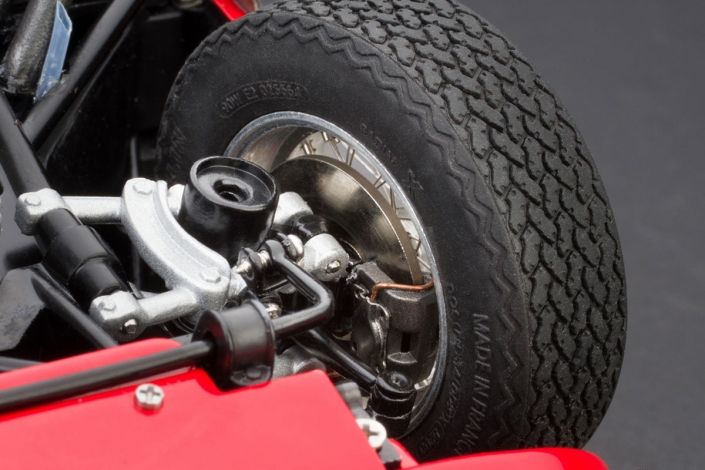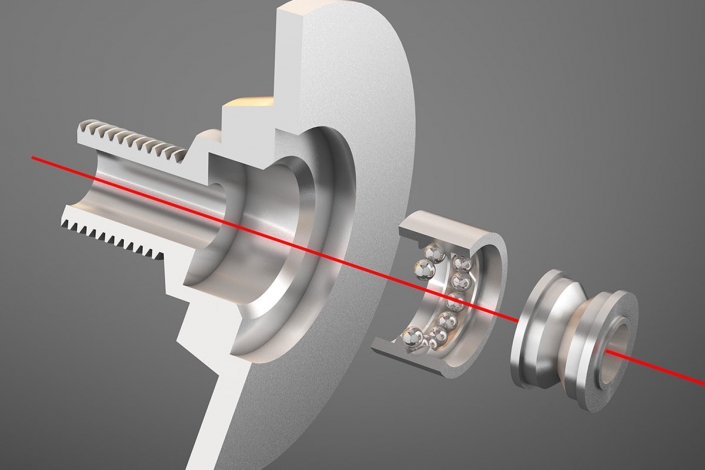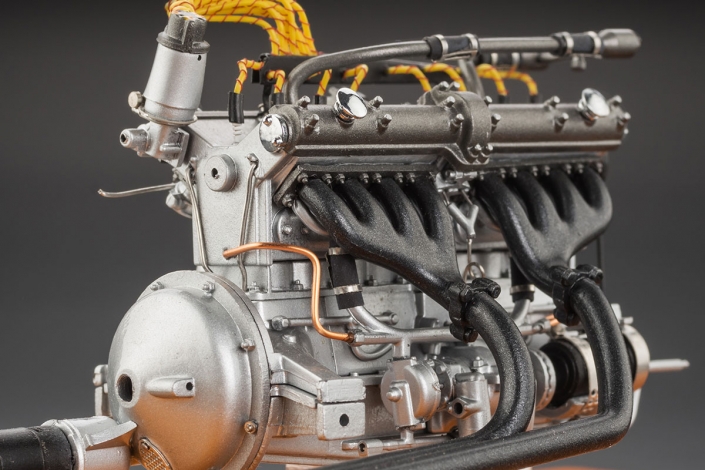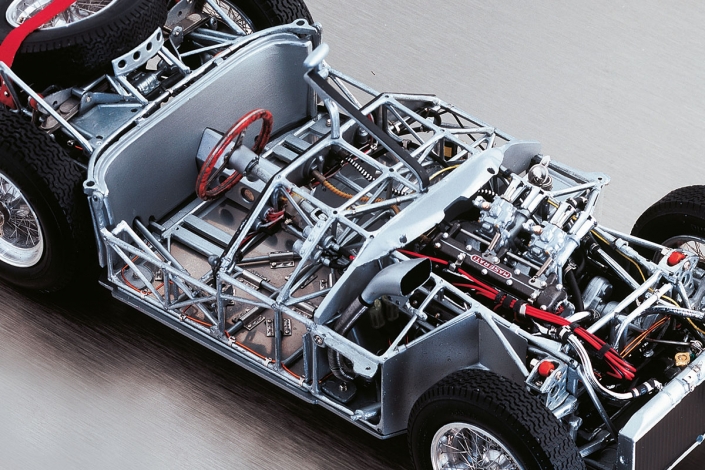Love of Detail
We know that collectors set high standards. We do too!
Our models are constructed as their originals. From historical drawings with high quality materials – down to the smallest details. We regard extensive research as a commitment. Not until all components fit, the model is complete.
CMC Classic Model Cars – unique and in a class of their own
CMC, Classic Model Cars, is not just any model car manufacturer.
When the two company founders Herbert Nickerl and his wife Shuxiao Jia decided in 1995 to give up their model car business in Stuttgart and produce model cars themselves, the desire for something special and for perfect craftsmanship in every detail was already the driving force at that time and still is today.
Nickerl was a retired surveying engineer and laid the foundations for the development office in Germany by measuring the first original vehicles himself with a scale and ruler and producing detailed drawings on graph paper.
In his wife’s home country, China, the two of them began to set up our own production – to this day we employ many qualified mechanics, fitters and engineers in our own factory there.
Right from the start, CMC models are characterized by special features that set them apart from other, sometimes toy-like model cars.
CMC doesn’t just build any model car; for us, every model tells a story – that of the race in which its original prototypes took part or that of their prominent owners and the prizes they won at races or Concours d’Elégance all over the world.
Sometimes, in addition to racing successes, it is the outstanding design or the special technology that qualifies a model to be reproduced by CMC.
History and originality are very important to us, which is why we go to great lengths to search the world for models that meet these requirements and show as much of the original substance as possible. These are not always vehicles in museums or from the car manufacturers’ pools; all too often they have been restored and technically updated so that board members can also handle them safely at classic car events.
It is often the barn find or the vehicle of a private collector that provides us with more information from the past, sometimes combined with insights into ancient photo albums that have already shown us many details that are sometimes never to be found in the large picture archives. In the case of racing cars in particular, usually only pictures showing the vehicle from the front are preserved, but rarely from the rear.
Once a suitable vehicle has been found through many contacts and networks, some of them private, we measure and digitize it with our own 3D scanning system by scanning the vehicle completely, inside and out, top and bottom, with the engine compartment open and wheels removed, so that no detail, such as the wheel suspension, is left out.
Subscribe to DeepL Pro to edit this document. Visit www.DeepL.com/pro for more information.
Hundreds of photos are often taken in parallel, providing additional information that goes beyond pure geometry, such as colors, gloss levels, color separation edges or the position of stickers and start numbers.
We compare these with pictures from archives and talk to experts and, if they still exist, contemporary witnesses. It is not always easy to clearly reconstruct the specific condition of the vehicle during a race, for example, as it may have started with the wing mirror mounted, but this may have fallen off during a maneuver in the course of the race. Even today, it is no different when vehicles are officially photographed the day before the start and sponsor stickers are added overnight or final technical modifications are made. Many historical pictures are not always clearly dated either.
Our models, most of them on a scale of 1:18, consist of up to almost 2,000 individual parts made from a wide variety of high-quality materials – depending on the component, various metals and alloys such as zinc, stainless steel, aluminum, copper and brass are used, but also plastics and, we are particularly proud of this, specially woven fabrics and genuine leather for the interiors.
It almost goes without saying that we also design functional shock absorbers or the tiniest spring-loaded hood catches – we try to work out and implement individual technical features for each model.
A very special specialty of CMC are the wire wheels with which many of the historical models are equipped. Today, the sixth generation of CMC design is made of the finest stainless steel wire, which is drawn in by hand. Even spoke nipples and valves are not forgotten.
Tools have to be designed and built for all parts and everything has to fit together in the end – a time-consuming process that requires know-how, craftsmanship and experience as well as often countless sample and prototype grindings until we are all satisfied. Almost like the great original.
We paint all individual parts exclusively by hand and assemble our models meticulously – there is probably no machine that can lay brake lines on the underbody, install the complete wiring of the engine compartment or upholster seats. We are therefore proud of the work of our colleagues in the workshop.
As a result, we often only produce a few hundred of each variant, which are usually individually numbered and therefore retain their value. Quite a few of our customers therefore also value our models as an investment.
The history of the originals, our philosophy and craftsmanship – these are the special ingredients that give CMC models their unmistakable character and give them a soul.
CMC model cars create a place of retreat and, as one editor-in-chief of a German classic car magazine aptly described it, lure us into another world for hours or even days.
Listen to their stories and let your eyes glide over the models – you will always discover something new and be amazed.
